Victron Energy Lithium Battery 12,8V/200Ah-a Smart
$1.858,00
Out of stock
Victron Energy Lithium Battery 12.8V/200Ah-a Smart
Voltage Ampere Dimensions Weight CYCLE LIFE Discharge Current
12.8 V 200 Ah 237 x 321 x 152 mm 22 Kg 80% DoD – 2500 cycles / 70% DoD – 3000 cycles / 50% DoD – 5000 cycles Max:400A / Normal:150A
With integrated cell balancing
Can be connected in parallel or series
Bluetooth app available to monitor cell voltage and temperature
Requires one of these BMS:
VE.Bus BMS – recommended for systems with our own inverters/chargers.
miniBMS – recommended for small systems.
Battery Management System BMS 12/200 – Recommended for use in Automotive and Marine systems with DC load and Alternator.
Smart BMS CL 12/100 – Recommended for use in Automotive and Marine systems with DC load and Alternator.
12.8 and 25.6 Volt Lithium-Ion Phosphate Smart Batteries with Bluetooth
Why lithium ion phosphate?
Lithium ion phosphate (LiFePO4 or LFP) is the safest of the li-ion battery types available on the market. The nominal voltage of an LFP cell is 3.2V (lead-acid: 2V/cell). Therefore a 12.8V LFP battery consists of 4 cells connected in series and a 25.6V battery consists of 8 cells connected in series.
Resistant
A lead-acid battery will fail prematurely due to sulfation in the following situations:
• Operates with a charge deficit for long periods of time (e.g. if the battery is rarely or never fully charged).
• If it remains partially charged or, even worse, completely discharged (on a yacht or caravan during the winter).
An LFP battery does not need to be fully charged. Even in the case of a partial charge instead of a full charge, the service life is partially reduced.
gets better. This is a very important advantage of LFP compared to lead-acid batteries. Other advantages are wide operating temperature range, excellent cycling performance, low internal resistance and high efficiency (see below).
Therefore, LFP is the preferred option for very demanding applications.
Productive
In many applications (especially off-grid solar and/or wind) energy efficiency can be vital.
The round-trip energy efficiency of an average lead-acid battery (discharge from 100% to 0% and recharge to 100%) is 80%.
The round trip energy efficiency of an LFP battery is 92%. Charging of lead-acid batteries becomes inefficient once an 80% state of charge is reached, resulting in efficiencies of 50% or even lower in solar power systems (where the battery operates at a 70% to 100% state of charge) where several days of energy reserves are required. In contrast, an LFP battery will achieve 90% efficiency even under shallow discharge conditions.
Size and weight
Saves up to 70% space, saves up to 70% weight
Is it expensive?
LFP batteries are expensive compared to lead-acid. However, in demanding applications, longer service life, superior reliability and excellent efficiency will more than compensate for the higher initial cost.
bluetooth
Cell voltages, temperature and alarm status can be monitored via Bluetooth. Very useful in locating a (potential) problem such as cell imbalance

 Türkçe
Türkçe Русский
Русский
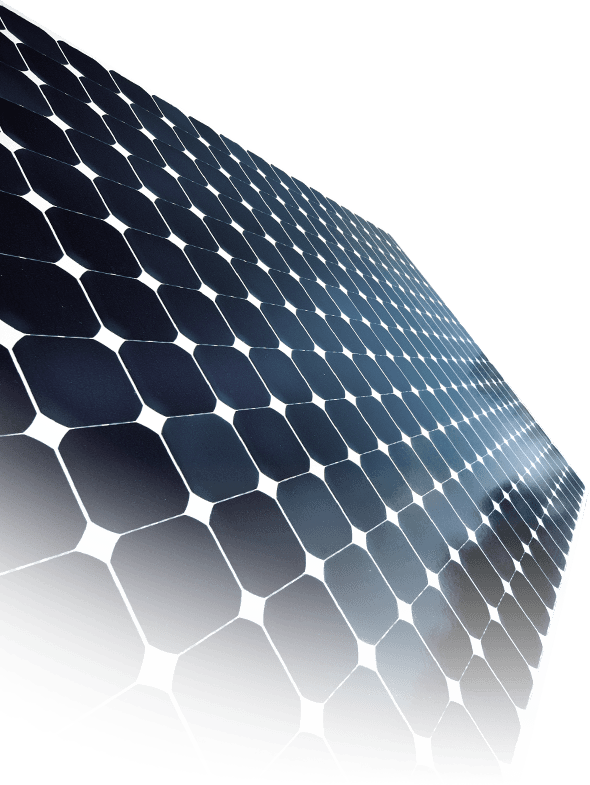


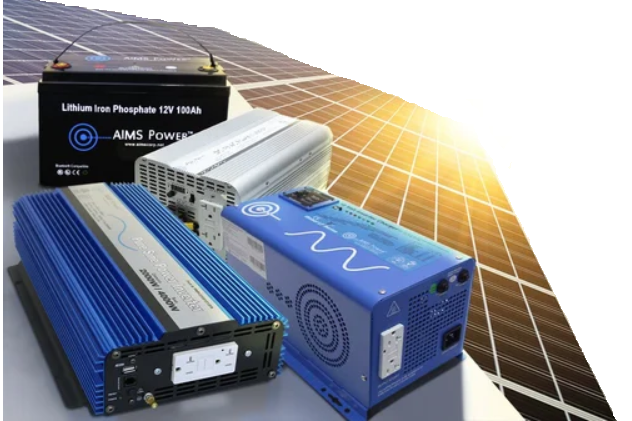
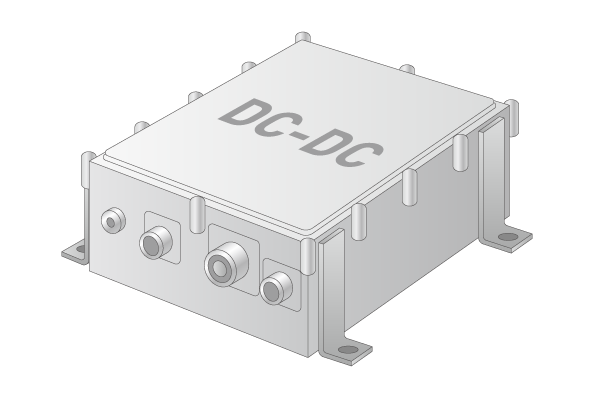
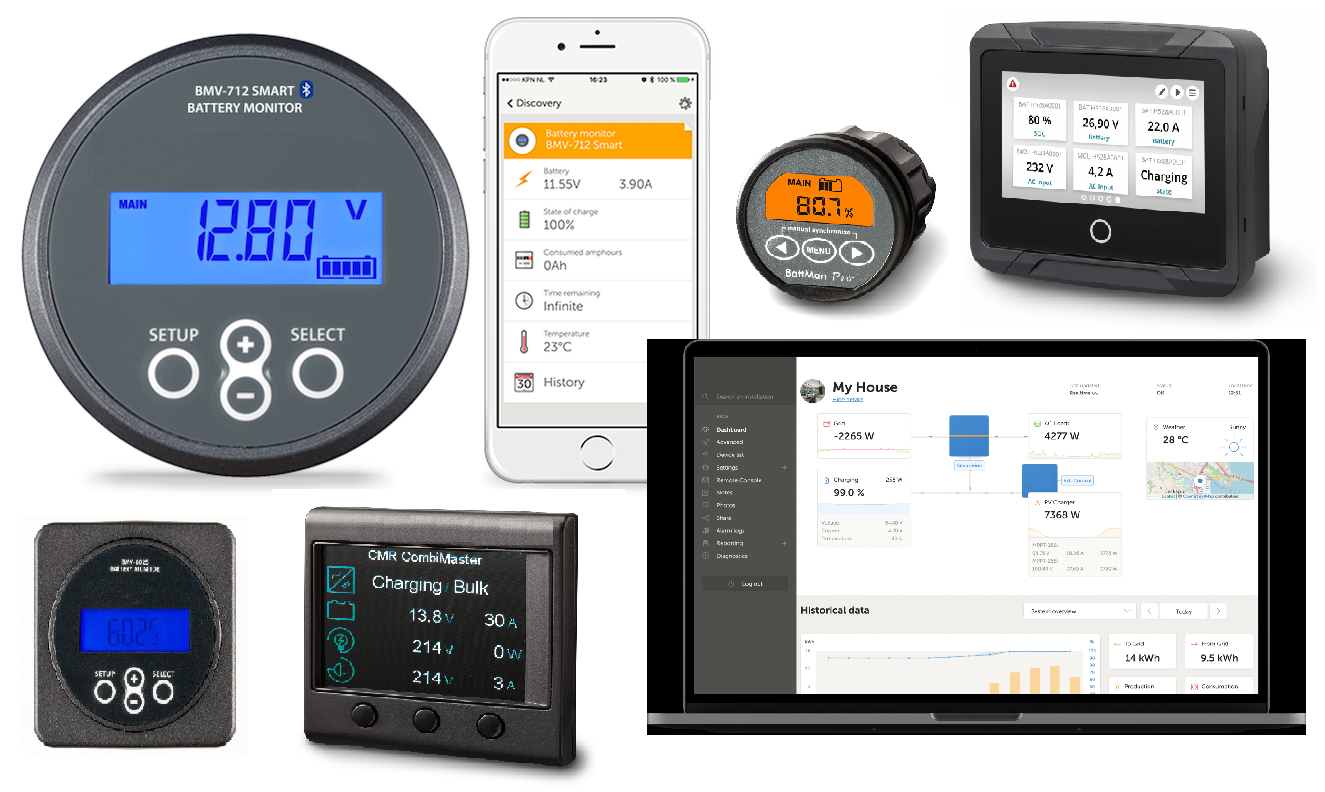
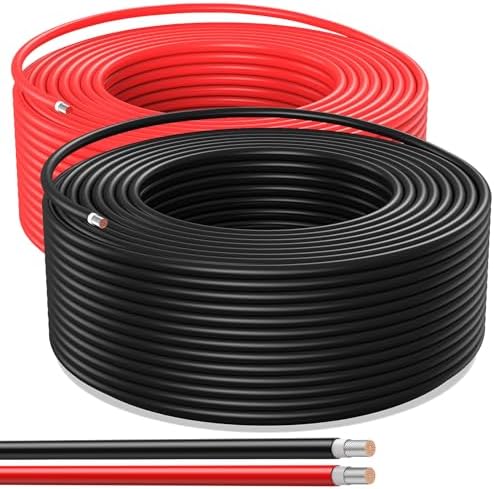
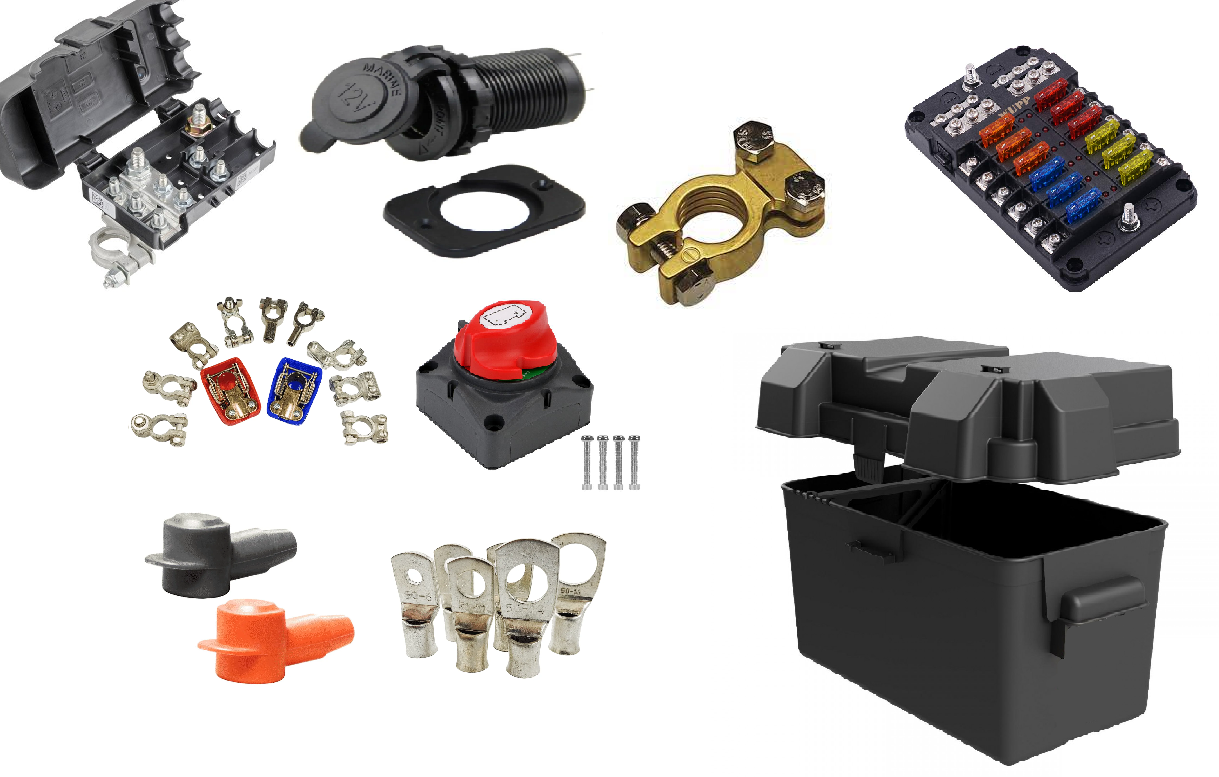
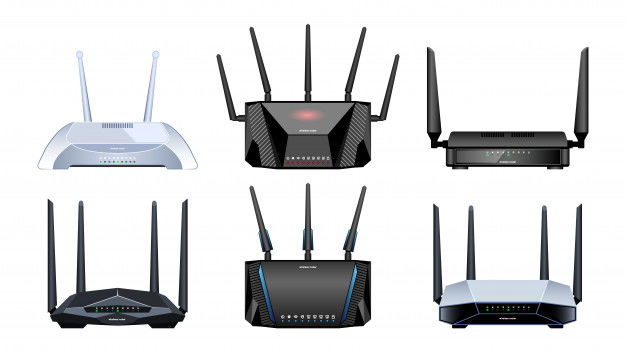

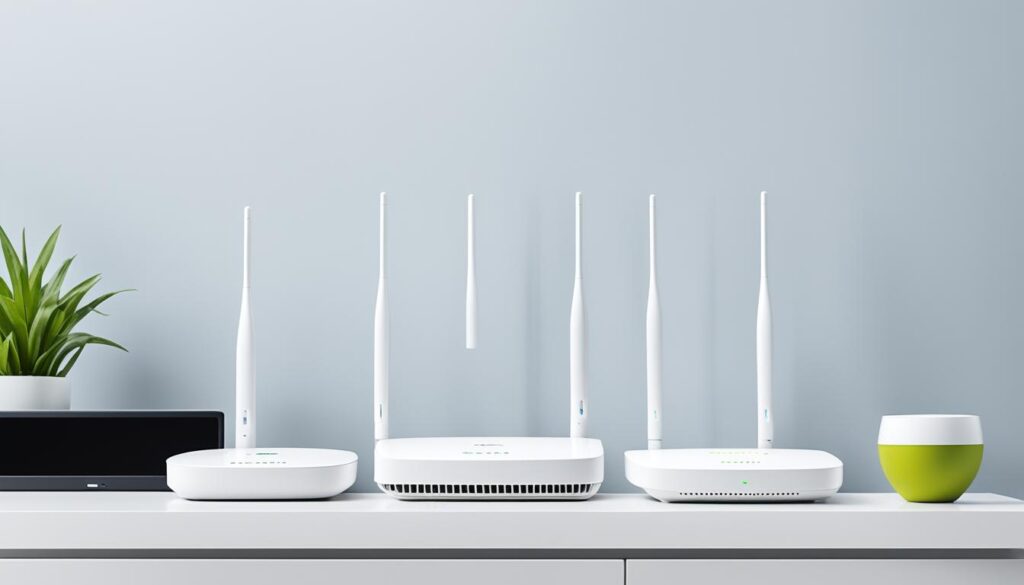
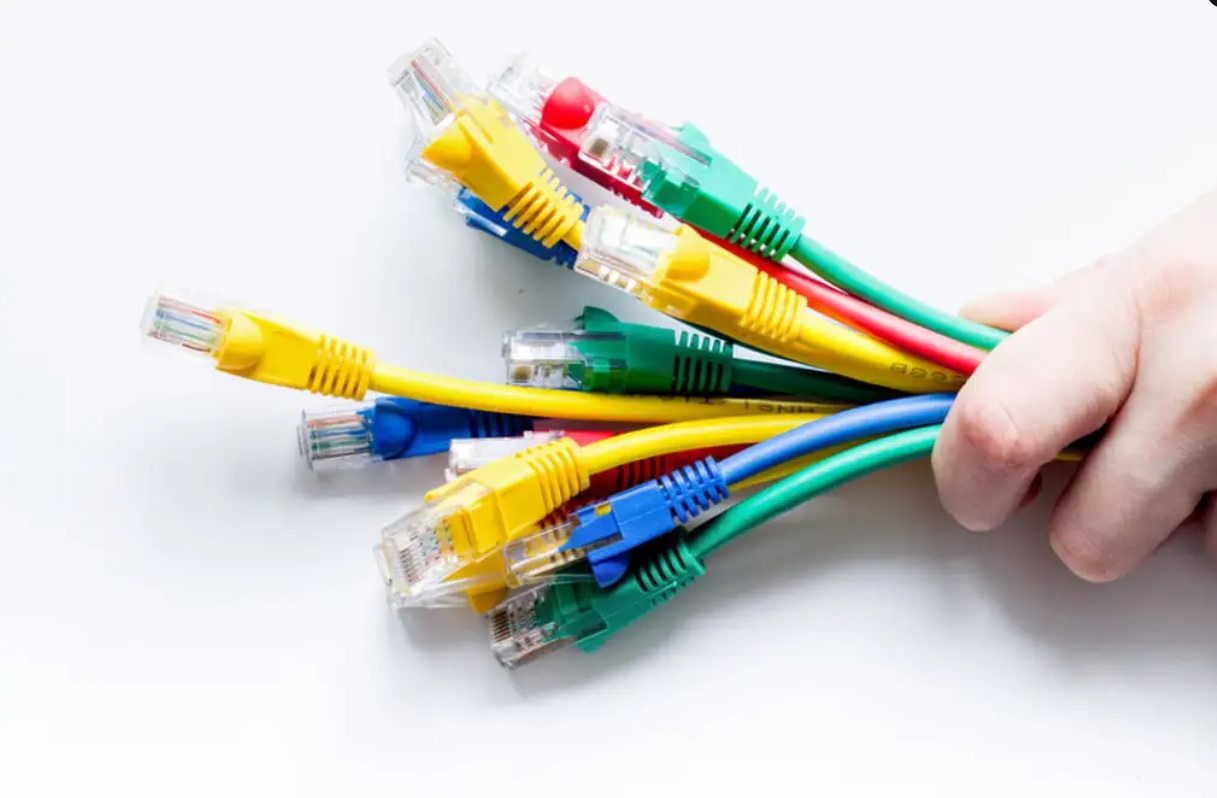


Reviews
There are no reviews yet.